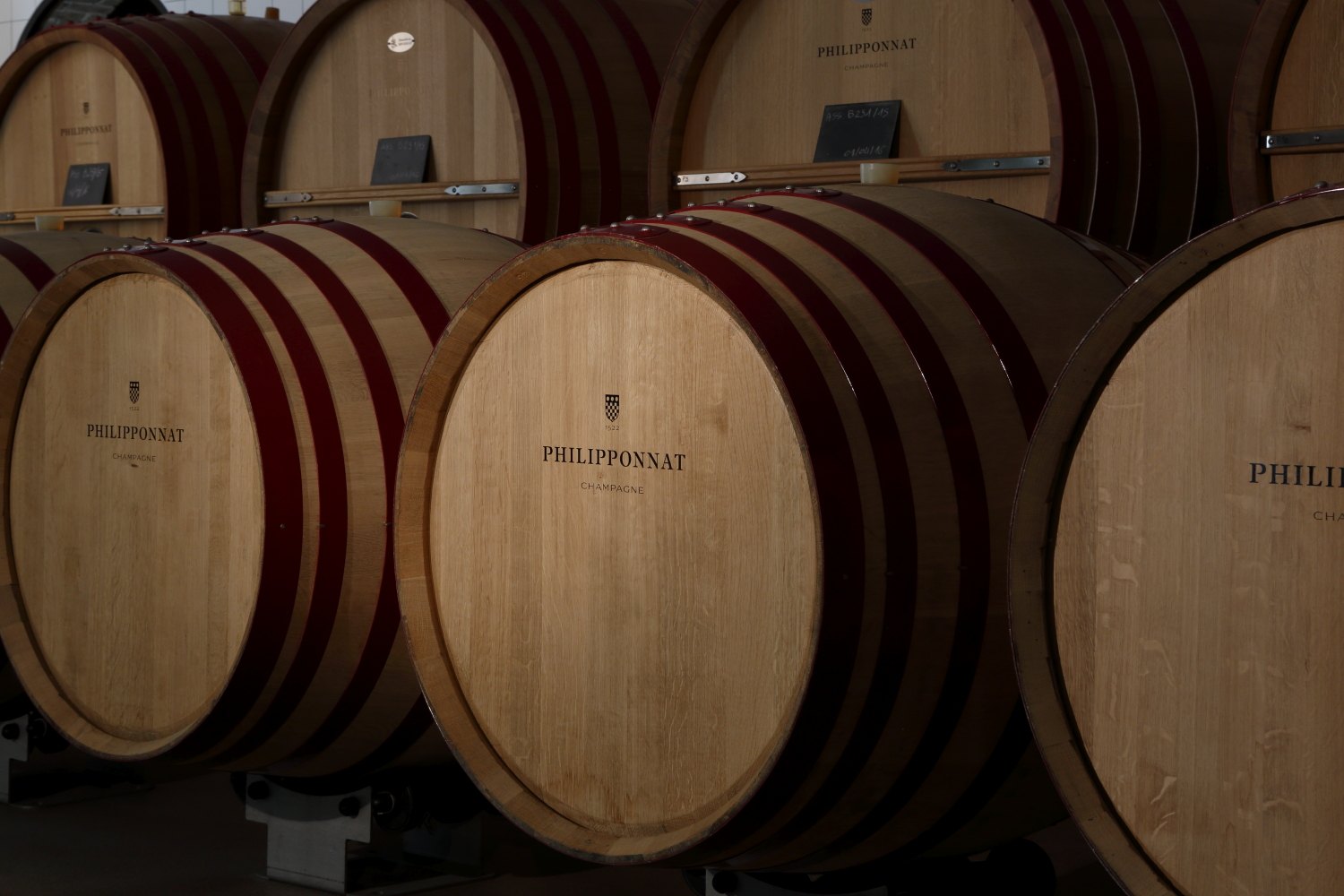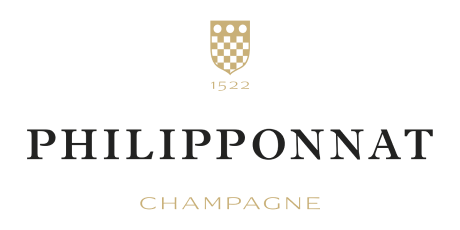
The key Philipponnat style
Since 1946, Champagne Philipponnat has curated the reserve wines of its non-vintage cuvée “Royale Réserve” by blending the wines from each new harvest back in with a portion of the previous year’s blend.
Known today as ‘Réserve Perpétuelle’ – a more precise and accurate name than the commonly used ‘solera’ – this Philipponnat practice consists of a perpetual cycle of successive blends. The practice also differs from what others sometimes call “Réserve Perpétuelle” to refer to blends of several vintages, which may or may not be kept for blending.
Philipponnat applies the rule of thirds: each year, the new cuvée is composed from 2/3 of the new harvest and 1/3 of reserve wine. One third of this new cuvée is then placed in reserve.
The wine kept in reserve is processed as follows: two thirds will be blended into the following year’s cuvée. The other third feeds a second, slower-moving reserve.
This second reserve, called the “Réserve Essentielle”, will complete the following year’s blend at a rate of one third of the reserve brought in.
The Réserve Perpétuelle and Réserve Essentielle are both aged in wood. Successive blends endow the resulting patina with a profile that is both exponential and diminishing: the oldest wines are gradually diluted while gaining in complexity through ageing and successive oak regimens.
We can calculate that the age at which a wine will contribute less than one per cent to the blend is five years in the Réserve Perpétuelle, and twelve years in the Réserve Essentielle.
Beyond that, is there any trace left twenty, thirty or fifty years later of the energy of forgotten harvests? One could be forgiven for believing it so. Here, this infinitesimal calculation would impose a limit on the rational mind as to the probability of that last old molecule disappearing altogether. But let us leave that to the imagination…



